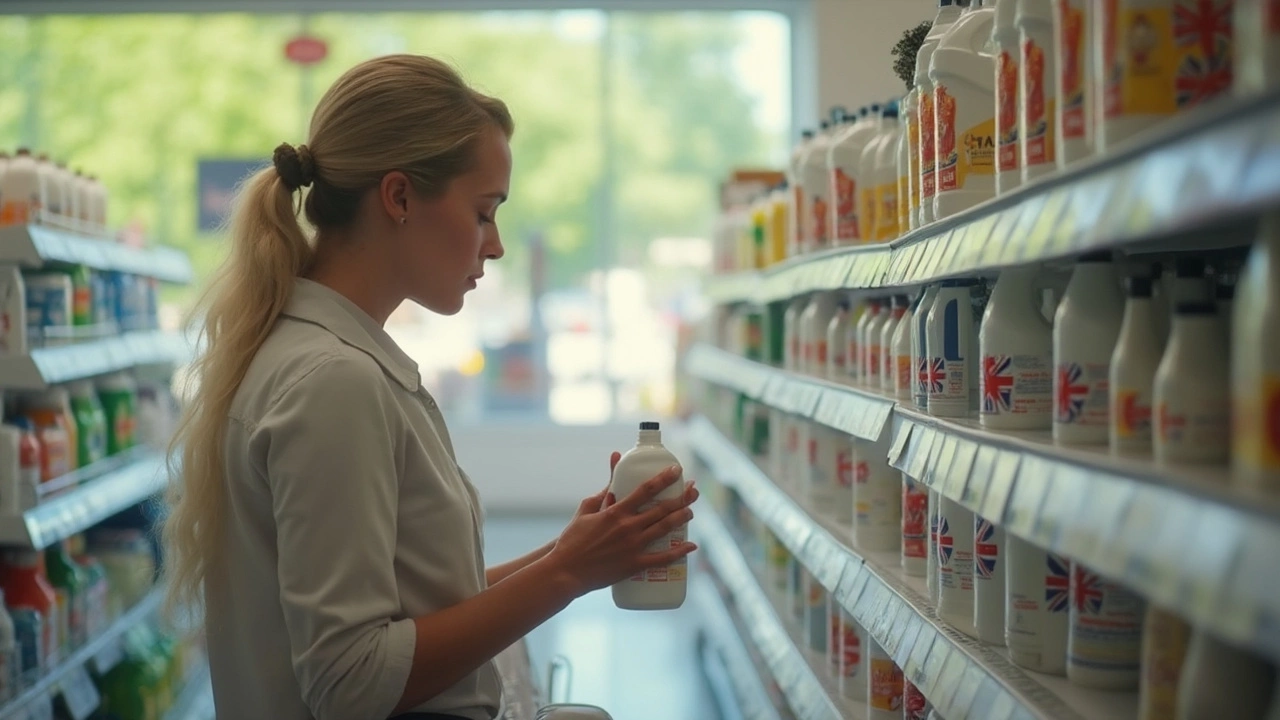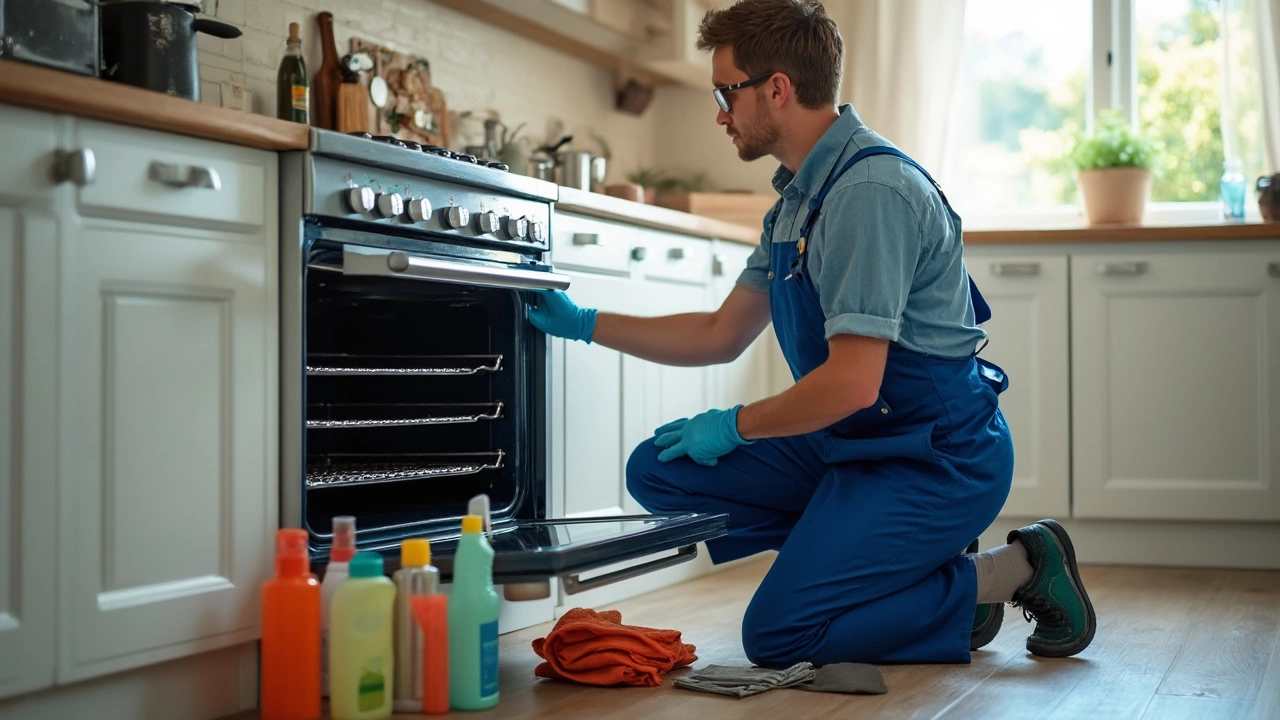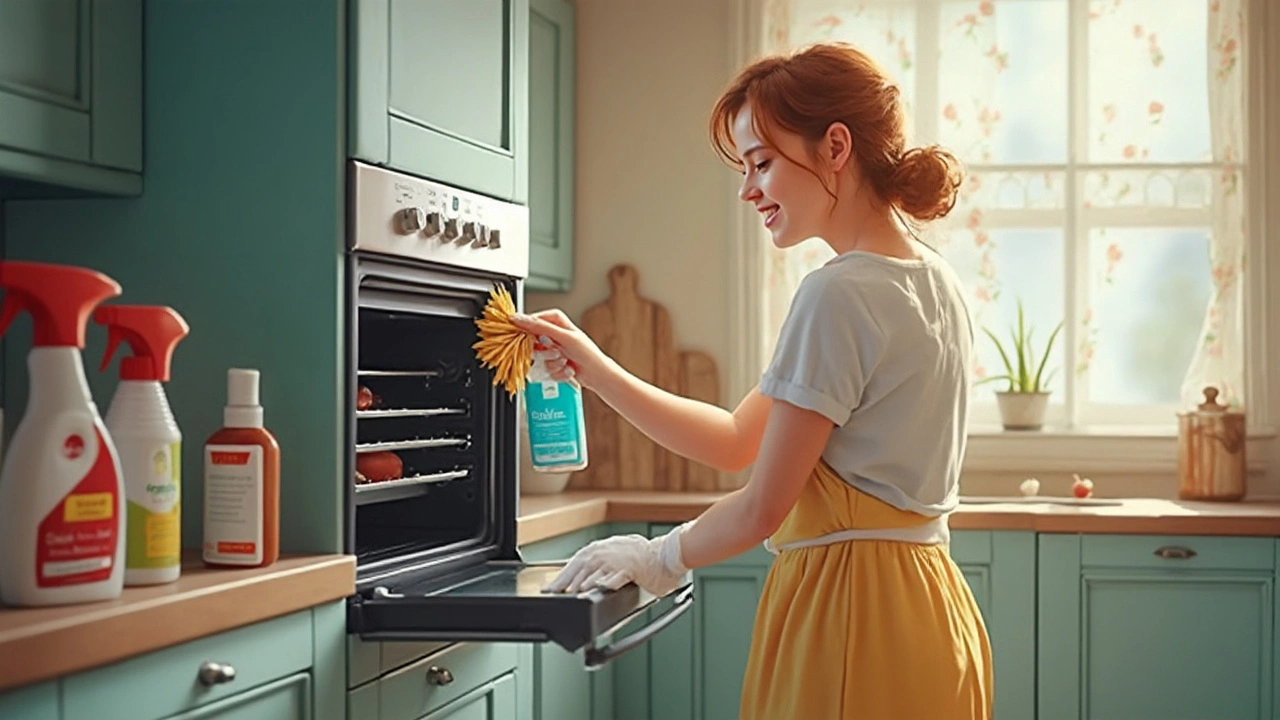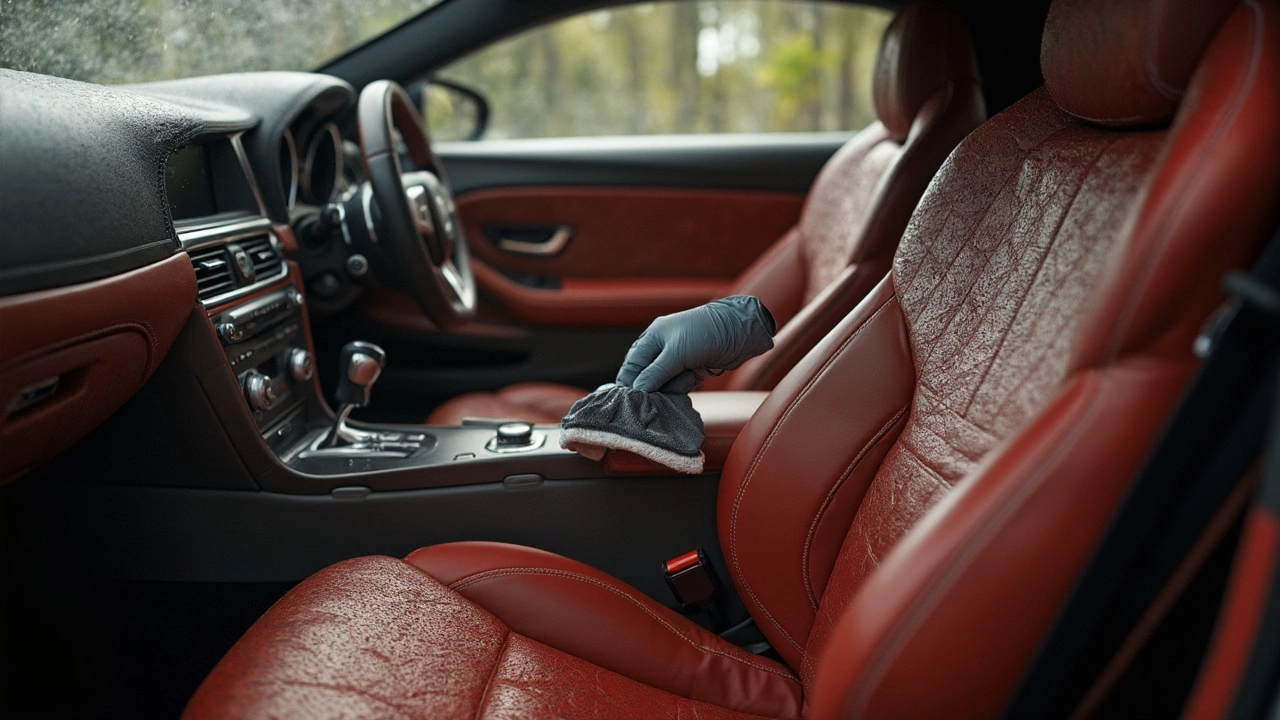Cleaning Products: How to Choose, Make & Use the Best Ones
When it comes to keeping a home fresh, the right cleaning products make all the difference. But with a shelf full of sprays, powders, and gadgets, it’s easy to feel overwhelmed. In this guide we’ll break down what to look for, how you can whip up effective cleaners with pantry items, and why greener choices often work better.
First off, think about the job you need done. A greasy stovetop needs a different formula than a dusty bookshelf. Spot‑cleaning, deep cleaning, and daily maintenance each have a go‑to product that does the work without extra hassle.
DIY Cleaning Products You Can Make at Home
Most kitchens already contain the basics for powerful cleaners: baking soda, white vinegar, lemon juice, and a few drops of essential oil. Mix baking soda with water to form a paste and you’ve got a scrub for stubborn stains on countertops, sinks, or even oven doors. For glass and mirrors, combine one part vinegar with three parts water in a spray bottle – the acidity cuts grease and leaves a streak‑free shine.
If you need a deodorising carpet booster, sprinkle baking soda over the carpet, let it sit for 15 minutes, then vacuum. The same trick works on mattresses to absorb odors, but remember it won’t kill bacteria; for deep smells, add a few drops of tea tree oil to the powder.
When tackling tough oven grease, a paste of baking soda and a splash of hydrogen peroxide reacts to lift baked‑on grime. Apply, let it sit, then wipe clean. This combo is safe for most ovens, but always test a small area first.
Eco‑Friendly and Commercial Options
If DIY isn’t your style, look for products that list biodegradable ingredients and avoid ammonia, bleach, or synthetic fragrances. Brands that use plant‑based surfactants clean effectively while being kinder to the planet and to indoor air quality.
For upholstery, choose a water‑based spray that specifies it’s safe for fabrics. Avoid heavy‑duty foam cleaners that can leave residue and attract dirt. A microfiber cloth paired with a gentle cleaner will lift spots without over‑wetting the fabric.
Window cleaning is another area where eco‑friendly wins. A simple mix of diluted vinegar, a pinch of salt, and a dash of dish soap works wonders on both interior and exterior glass. Use a lint‑free cloth for a streak‑free finish.
When you buy commercial products, read the label for a clear list of ingredients. The fewer the chemicals, the less risk of skin irritation or lingering fumes. Many reputable cleaners now carry certifications like ‘EU Ecolabel’ or ‘Green Seal’, which make the choice straightforward.
Finally, store your cleaners safely out of reach of children and pets, and label any DIY bottles with the date and ingredients. This helps you track how long a mixture stays effective and prevents accidental misuse.
Whether you’re mixing, spraying, or wiping, the key is matching the product to the surface and keeping an eye on safety. With a handful of pantry staples or a few smart purchases, you can keep every room in your house looking its best without breaking the bank or harming the environment.

Is Bleach Eco-Friendly? Cutting Through the Hype
Bleach shows up in every store's cleaning aisle, but just how safe is it for the planet? This article breaks down what happens when you use bleach, how it affects the environment, and if there are truly eco-friendly bleach alternatives. You'll learn about the science, the potential risks, and smart ways to clean up without harming nature. We've even tossed in tips on greener choices and what to avoid if you want a cleaner, safer home. Get ready to rethink that white plastic jug under your sink.
Read More
Oven Cleaning: What Professionals Use to Get Results
Curious about how pros get ovens sparkling clean? This article digs into the actual products, tools, and tricks that professional oven cleaners rely on. Find out what really works for stubborn grease, tough grime, and burnt-on spills. Whether you're thinking of doing it yourself or just want insider knowledge, these facts and tips will make kitchen cleaning way less of a headache. No fluff—just straight-up advice and simple explanations.
Read More
Best Product to Clean the Inside of an Oven: What Actually Works
Oven cleaning doesn’t have to be a dreaded chore if you pick the right product for the job. This article cuts through confusing choices and highlights which cleaners tackle the worst mess with the least hassle. You’ll see what works for baked-on grease, compare popular brands, and learn how to avoid damaging your oven. Plus, you’ll get smart tips for making your next clean-up faster and easier. No nonsense—just real answers.
Read More
What Detailers Use for Upholstery Cleaning
Exploring the tools and products detailers use to clean upholstery, this guide reveals secrets of professional upholstery care. Discover practical techniques to maintain your car or home's comfort without stress. With easy tips and surprising facts, learn to keep your fabrics spotless. Whether you're curious about quick solutions or deep cleaning, this covers it all!
Read More
Expert Techniques for Oven Cleaning Professionals
Learning the secrets of how professionals tackle the grime and grease in ovens can transform your kitchen duties. Professionals rely on a combination of high-quality products, innovative tools, and specific cleaning techniques to achieve sparkling results. This article explores everything from the science behind cleaning agents to tips for maintaining an oven in pristine condition. Discover how to choose the right cleaning method for different types of ovens and how often you should clean them for optimal performance.
Read More